Loons are aquatic birds that live in North America and Eurasia. They have pointed beaks, streamlined bodies, and webbed feet. They are very strong swimmers, and hunt for prey under the water. These birds often have beautiful plumage, or feathers, with different unique patterns. Read on to learn about the loon.
Description of the Loon
There are several different species of loons, and each is slightly different from the next. They are relatively large birds, and most individuals weigh between 5 lbs. and 15 lbs., though some grow larger.
The wingspan of these birds varies by species, but is typically between 40 and 50 in. across. They usually have black or grey feathers, with white patterns on the wings, neck, or breast.
Interesting Facts About the Loon
With five different species to choose from, there are quite a few interesting adaptations to go around! Learn some of the things that make these birds unique below.
- Super Swimmer – Loons are perfectly at home in the water. Their feet are in a relatively far back position on their bodies. Because of this, they can use their feet like little propellers, strongly pushing them along at high speeds.
- Solid Skeleton – Another reason loons are such good swimmers is because they are less buoyant than other birds. Most birds have hollow bones so that they can fly easier, but loons have solid bones. Because their bones are not full of air, they do not float to the surface, and this makes it easier for them to stay underwater.
- Tacky Tongue – Once a loon snatches up a fish, it has an extra protection to keep its prey from slipping through its beak. Just like penguins, loons have sharp spines called “papillae” on their tongues. These papillae snag the slippery fish and hold them tight.
- Fast Flying – Unlike penguins, loons are efficient in the sea and in the air. Loons are swift flyers, and can fly at incredible speeds. Researchers have recorded migrating loons flying up to 70 mph or faster!
Habitat of the Loon
All loons live in or around water, and they nest next to water bodies as well. In fact, these birds actually avoid land when at all possible. Their legs are so far back that it is nearly impossible for them to walk on land easily.
Most loons live in rivers, lakes, streams, ponds, and coastal seas. The only time they come ashore is to lay their eggs.
Distribution of the Loon
The distribution of this bird depends on the species at hand. Some species have incredibly wide distributions across entire continents. Others have smaller ranges that spread over just a limited area. There are two major areas where loons live, North America and Eurasia.
In North America, these birds range from northern Canada and southern Greenland down to the coasts of central Mexico. In Eurasia they live from Europe across Russia to the coasts of eastern Asia. Some species of loons span across both North America and Eurasia.
Diet of the Loon
Loons eat whatever food happens to be in their habitat. Because of this, their diet varies based on the region and species. Fish are the most common prey item, followed by other aquatic creatures.
Outside of fish, they eat frogs, salamanders, small crabs, crayfish, and snails. When they catch a tasty-looking fish or frog, they simply swallow it headfirst.
Loon and Human Interaction
Because loons live in lakes and shallow coastal waters, they interact with humans quite frequently. The IUCN lists all species, except for the yellow-billed loon, as Least Concern. They list the yellow-billed loon as Near Threatened.
Human impact on these birds varies based upon region and species. Habitat destruction and pollution make it difficult for loons in some areas to find food or nesting sites. Loons also accidentally eat lead sinkers abandoned while fishing, which can cause lead poisoning.
Domestication
Humans have not domesticated loons in any way.
Does the Loon Make a Good Pet
No, loons do not make good pets. Whether we say it once or a thousand times, animals that eat fish usually have incredibly smelly poop! For this reason, they make poor pets. Additionally, in most places it is illegal to own a loon as a pet.
Loon Care
In a zoological setting, loons need large bodies of water to swim in. They are incredibly awkward and ungainly on land, and spend the vast majority of their time in the water. While they benefit from having a few platforms to rest on, they much prefer floating and swimming beneath the surface.
Zookeepers feed them a variety of small fish, and the occasional amphibian or crustacean. Most of the loons in zoos are rescues, and cannot survive in the wild.
Behavior of the Loon
Loon behavior varies by species, most of them are solitary, but they do occasionally congregate in larger groups. They also live in mated pairs, and these pairs defend a territory from predators and other birds.
Loons spend most of their time cruising along the surface and dipping their head underwater to look for prey. These birds also migrate seasonally, though migration patterns vary by species.
Reproduction of the Loon
Many species of loons have rather complex mating rituals. While choosing a mate, they swim and dive together. Once they have found the perfect mate, the pair builds a nest along the shore or bank of their water body.
The incubation period of the eggs varies by species, but it usually takes about a month for the eggs to hatch. The parents defend their young and teach them how to hunt. Chicks must become independent and learn to fly by the time migration rolls around, because their parents leave at this time, with or without them!

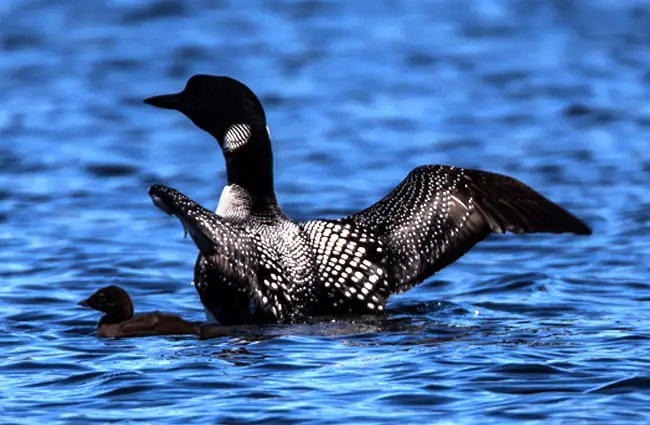

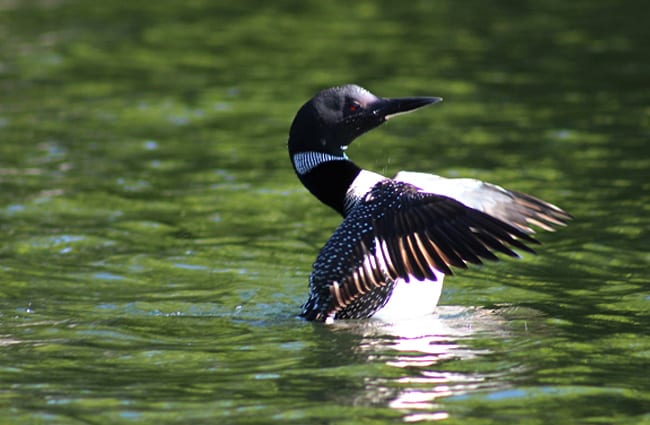
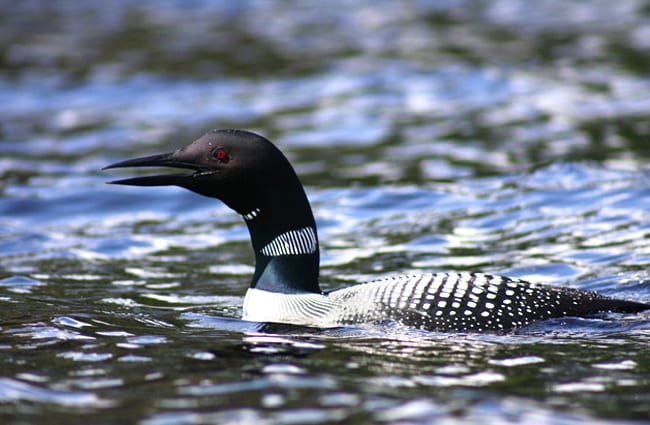
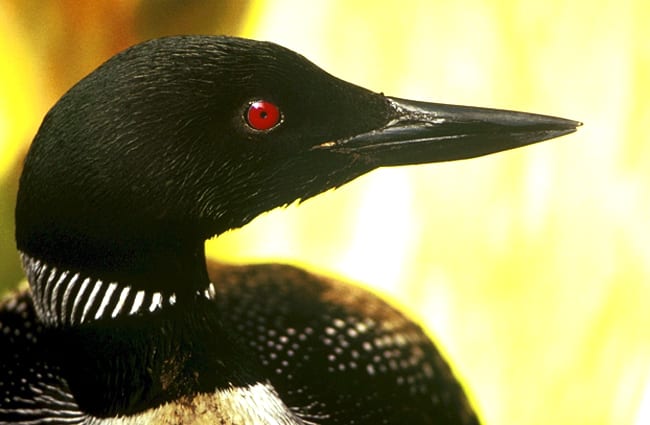

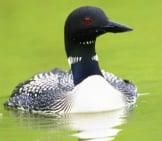
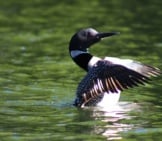
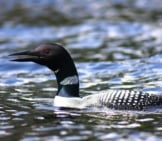

![Red Angus Closeup of a beautiful Red Angus cowPhoto by: U.S. Department of Agriculture [pubic domain]https://creativecommons.org/licenses/by/2.0/](https://animals.net/wp-content/uploads/2020/03/Red-Angus-4-238x178.jpg)












![Red Angus Closeup of a beautiful Red Angus cowPhoto by: U.S. Department of Agriculture [pubic domain]https://creativecommons.org/licenses/by/2.0/](https://animals.net/wp-content/uploads/2020/03/Red-Angus-4-100x75.jpg)

